From issue: #22 Group Dynamics
For the last decade, the Bronx Documentary Center has run free classes for middle and high school students, providing training in photography, journalism and critical thinking to young locals in a sometimes misrepresented community

The Bronx Documentary Center is a 1000 square foot building in Melrose, New York City, which includes a gallery and darkroom and runs exhibitions, screenings, public programming, and educational programmes. Over 60,000 people have visited the BDC over the last 12 years, over 70 per cent of them from the local Bronx area – and the BDC comes with a twist. Its educational programmes are free and they’re aimed at youngsters from middle and high school, as well as historically underrepresented Bronx-based image-makers. The BDC uses community-based documentary practice to make a difference, to those who make the images as well as those shown in them.
The BDC was set up by Michael Kamber, a photojournalist who covered conflicts in the Middle East and Africa for a decade for the New York Times and other newspapers, winning plaudits such as a World Press Photo award and two Pulitzer Prize nominations. Kamber had lived in the Bronx in the 1980s and, returning there from Afghanistan, dreamt of providing access to documentary images and image-making. He bought the building which houses BDC in 2012 and opened both the Center and its Youth Photo League shortly after, providing free training in photography, printing, editing, and critical thinking, plus access to cameras and equipment and trips to locations as far-flung as Japan, afterschool and in the holidays.
The students have won many honours for their work and have exhibited at institutions such as the Bronx Botanical Gardens, the Metropolitan Museum of Art, the Polka gallery in Paris, and photofestivals around the world, as well as in the BDC itself. Their work has also been published by titles such as the New York Times, Washington Post, and BBC. At the time of writing, the BDC is preparing an exhibition and book celebrating a decade of its youth photography programme, titled Through Our Eyes: Youth Photography at the Bronx Documentary Center, 2013-23. Youth Education Manager Ricardo J Partida, who runs the programme, smiles when I ask him about it, noting: ‘A lot of people would say it is at the heart of what we do here at the BDC.’
Partida is also a photographer and film maker, and moved to the US from Mexico when he was 12 years old, an experience that mirros that of many of the youngsters he works with. Melrose is a richly multicultural area, home to immigrants from around the globe including the Caribbean, West Africa, Mexico, and South and Central America; the wider South Bronx is famed as the birthplace of hip-hop and graffiti, but’s also one of the poorest urban congressional districts in the US, with rates of education lower than elsewhere in the US. That’s one of the reasons it’s so important the students at BDC have an opportunity to put their perspective, says Partida, and talk about the issues happening around them.
‘These projects are always based on this community, or are centred around community, because we want to represent this area,’ he says. ‘Usually it doesn’t really get the representation, there is just a perception of what it is…We use photography and documentary practices in order to give them this tool, so that they can document their lives.’
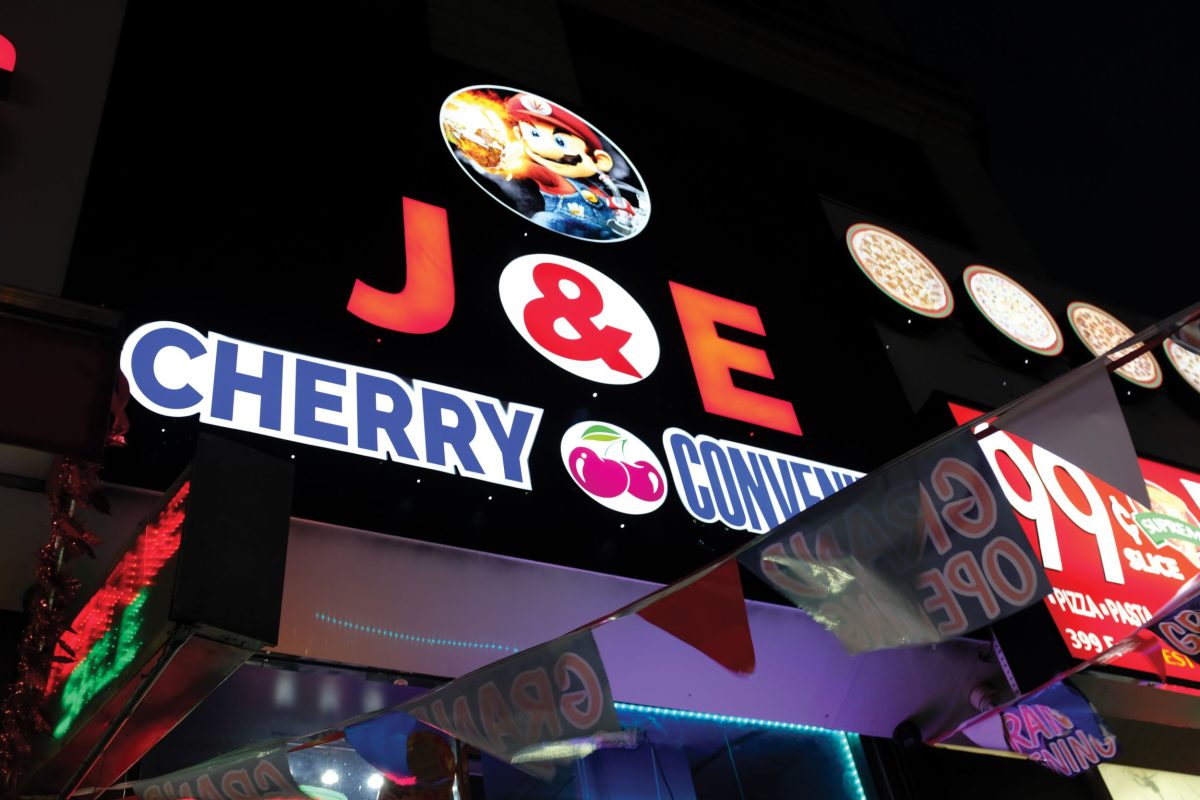
The students shoot a wide range of images, from street photography and skateboarders to more personal narratives, and they also work together on issues-based stories such as the lights being left on 24/7 by the local housing authority – burning through money and the planet’s resources – or the sale of drugs near schools. It’s a question of sharing perspectives, says Partida, ‘but it starts with photography and teaching that the camera is a tool for communication’.
The center also launched its own newspaper last year, Focus, which is distributed in the local area; put together by the students, who write it as well as taking the images, they work together to find local stories. The BDC started the newspaper so that the students had an outlet, and something concrete to put on their CVs, but it also helps combat misinformation, says Partida, helping them think about how the media is constructed. It also helps empower these youngsters, helping them learn to self-organise and do things for themselves. But it’s not just a pedagogical exercise, with stories such as the lights-on scandal getting picked up by other newspapers and outlets.
Some of BDC’s youngsters go on to study photography or journalism, others go on to study different subjects; either way, the vast majority are the first in their family to go to college, yet they consistently win places prestigious schools, and nearly all on full scholarships. BDC helps them navigate the application process and gives advice on financial aid, running a programme geared towards accessing further education. ‘They don’t have to be going for photography or journalism or anything directly connected with the center,’ says Partida. ‘We just want to offer this as a means to expand their horizons, so they can succeed in whatever it is they want to do.’

Others don’t go on to further studies and that’s fine too; the skills in communication and critical thinking they learn are helpful for anyone growing up in the highly mediated 21st century, and particularly those in often mis-represented communities. Partida introduces three young people currently studying at the BDC – all of whom are there on a national holiday, of their own volition – and they’re articulate and engaging, interested in both their own work and how it might serve the wider community.
There’s Arwen Polanco, for example, who was part of the cohort that showed the NYCHA leaving the lights on in its buildings. ‘We just noticed it as we were walking around and it became a huge story,’ she says. ‘We interviewed multiple people and we realised it was really affecting the community living there. We brought a voice to the people that were living in NYCHA, and that was a really great experience.’
She adds that learning about journalism has been the most important thing she’s studied at BDC, both in terms of learning the skills to be a journalist and thinking through what the media does. ‘I feel like journalism is mainly about telling the truth,’ she smiles. ‘It’s not really giving your opinion or giving another person’s opinion, it’s basically putting everything together and really informing people about the topic, because there’s a lot of misinformation going around in the world right now.’
Then there’s Cesar Florencio, a talented image-maker who wants to become a photographer, and who is most proud of his photo essay about his mother. ‘It’s a really personal story about how she left Mexico when she was 18 and came here to work,’ he says. ‘But when I went to Mexico, I also got a load of negatives by my uncle and brought them back to the US and scanned them. I think that photography adds a contrast [to his own images], it shows the life that I could have had if my mom hadn’t come here for a fresh start. It’s helped me get closer to my family, and that instils a curiosity within me that I want to learn more.’
Florencio grew up near the BDC but recently moved further away with his mother; he still regularly makes what is now a lengthy trip, keen to continue this extra-curricular learning. Florencio contributed images to the newspaper last year but is ‘trying to be a writer’ this time around, looking at migrants and their stories about moving to New York, at a time when attitudes towards migrants are hardening in the US and beyond. Another student, Joshua Capote, also brings up migration, saying he’s making work on the topic and adding ‘if we could get the stories out there, people can form their own opinions’. Capote says the kids at the BDC are ‘dedicated’ too, happy to go for more than their two sessions a week.
‘They’re very dedicated,’ Partida laughs when I bring this up; he adds that they’re also interesting , and that he learns from them just as they do from him. ‘They all have different experiences and different ways of seeing things,’ he points out. ‘It’s refreshing’.
Through Our Eyes: Youth Photography at the Bronx Documentary Center, 2013-23 is on show from 26 January – 03 March at Bronx Documentary Center Annex, 364E, 151st Street, Bronx, NY 10455
